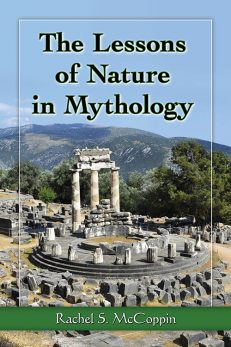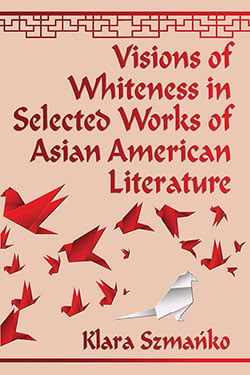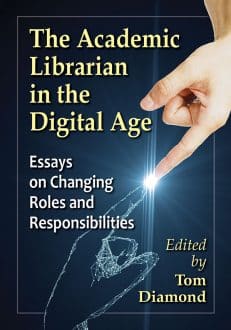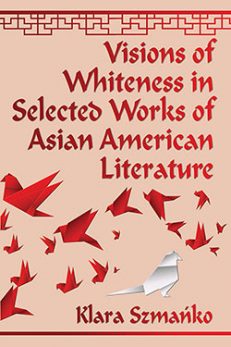Subtotal: $14.99
Visions of Whiteness in Selected Works of Asian American Literature
$39.95
In stock
About the Book
Author Toni Morrison stressed the need to analyze race in American literature by white authors by shifting focus “from the racial object to the racial subject.” Representations of whiteness in certain works by Asian American authors reveal what happens when the visual dynamics of ethnography are reversed, and those persons often considered as objects—Asian Americans, other minorities—are allowed to see and judge those who so often objectify them.
This study emphasizes social power structures, the aesthetics of whiteness and transformational identity politics. Works examined include Maxine Hong Kingston’s The Woman Warrior (1976) and China Men (1980), and The Fifth Book of Peace (2003); Leonard Chang’s The Fruit ’N Food (1996); and, Joy Kogawa’s Obasan (1981).
About the Author(s)
Bibliographic Details
Klara Szmańko
Format: softcover (6 x 9)
Pages: 216
Bibliographic Info: notes, bibliography, index
Copyright Date: 2015
pISBN: 978-0-7864-9701-0
eISBN: 978-1-4766-2043-5
Imprint: McFarland
Table of Contents
Table of Contents
Acknowledgments ix
Introduction 1
1. Drawing in the White: Defamiliarizing Whiteness in Maxine Hong Kingston’s The Woman Warrior 13
2. Demonic and Oxymoronic Whiteness in Maxine Hong Kingston’s China Men 67
3. Dreaming and Living White Terror in Leonard Chang’s The Fruit ’N Food 122
4. Representation of Whiteness in Joy Kogawa’s Obasan 137
5. Towards Transformation of Whiteness in Maxine Hong Kingston’s The Fifth Book of Peace 149
Conclusion 166
Chapter Notes 171
Bibliography 187
Index 197
Book Reviews & Awards
“Elaborates on theories developed within whiteness studies to throw new light on the writings of Maxine Hong Kingston, Leonard Chang, and Joy Kogawa, paying close attention to the subjects and objects of gazes, as well as the visions that both mainstream and minority subjects construct of each other and of themselves.”—Dominika Ferens, professor of American Literature, Wrocław University, Poland.

 The Lessons of Nature in Mythology
The Lessons of Nature in Mythology 




